
Ask any dog owner and they will probably tell you that the health of their dog is one of the most important things to them. Unfortunately, every dog is likely to get sick at some point in their life. Some breeds are more prone to certain health issues, while some dogs will develop illnesses later in life that need management.
However, if you are taking good care of your dog and paying close attention to their behavior, you are unlikely to miss the onset of new symptoms that might indicate a problem.
'Is my dog sick?' is a common question pet parents ask and sudden behavior changes or alarming symptoms, like vomiting, can indicate that it's time to take your dog to the vet.
Here are 32 diseases your dog might develop over their lifetime and the symptoms you need to look out for.
Common dog diseases
1. Gum disease
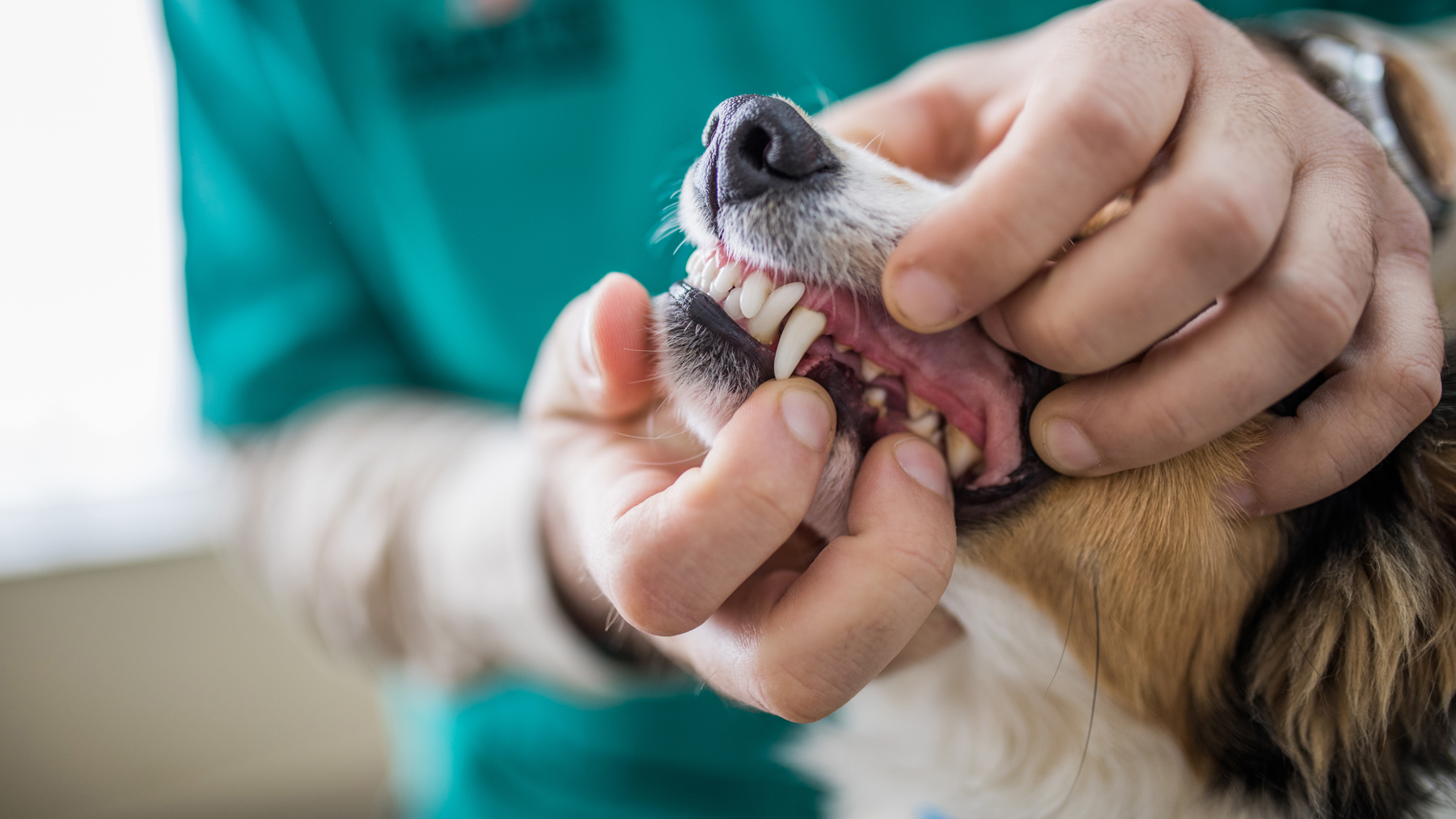
Just like humans, our canine companions can get gum disease, which can make eating difficult and cause pain and discomfort for your pet. Gum disease occurs when the dog's mouth becomes infected with a bacteria called periodontitis, which erodes the gums and can cause bone and tooth loss. It's a hard disease to spot, so prevention is better than cure: cleaning your dog's teeth regularly can help to keep gum disease at bay.
2. Tooth decay

Taking care of your dog's teeth is extremely important, as tooth decay can make them very unwell. Thankfully, tooth decay is fairly rare in dogs, representing only 10% of dental issues. Damaged teeth are prone to infection and can cause your dog pain, so check your dog's teeth regularly and keep them clean with a toothbrush and toothpaste. If you are unsure, take your dog to the vet to get a dental check.
3. Canine distemper
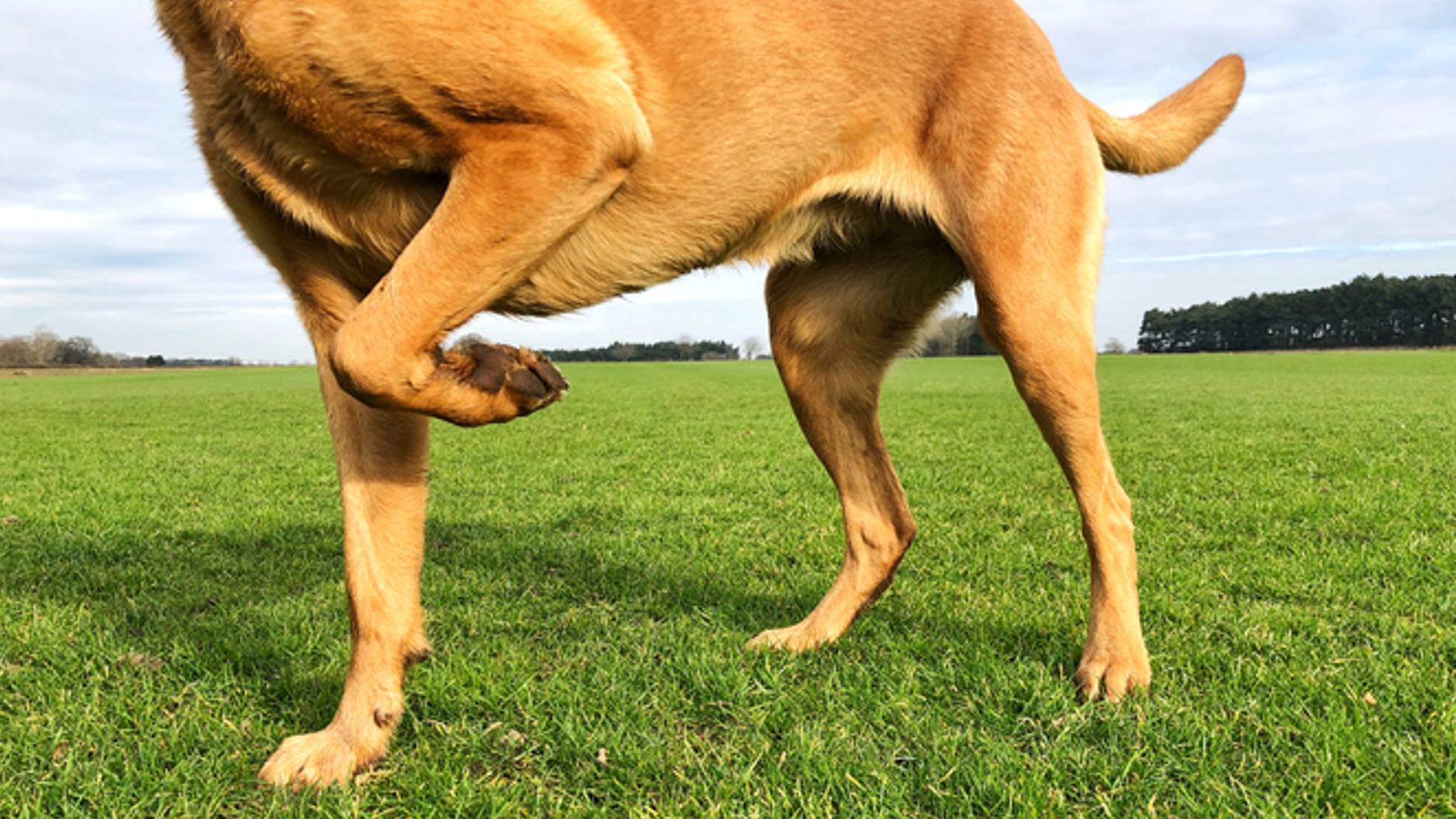
Canine distemper is a viral infection that can cause symptoms such as a runny nose and eyes, a cough, diarrhea, and thickened paw pads. It can take up to two months for your dog to recover if they contract this virus, but it all depends on the strength of their immune system. The virus attacks the nervous, digestive, and respiratory systems and can be fatal.
Get the best advice, tips and top tech for your beloved Pets
4. Kennel cough

Kennel cough is probably the best-known illness that dogs can get, and one that you can immunize your dog against. Many boarding kennels require that your dog has a kennel cough vaccination before they are allowed to stay due to the high transmission rate. The illness can tear through a close-knit group of dogs like wild fire. A loud, hacking cough is the main symptom. It may sound like your dog is choking or has something stuck in their throat. If you're wondering, 'Can dogs get a cold or flu?' read our vet's guide.
5. Parvo virus

Parvo is an illness that dogs can get from one another, so if you have a social pooch this is one to keep an eye out for. Canine parvovirus is preventable, and all adult dogs and puppies over 8 weeks should be vaccinated against it. It is passed from dog to dog through infected feces or when your dog sniffs an object that has been contaminated with the virus. You can give your dog parvo if you touch contaminated feces and then play with your dog without properly washing your hands.
6. Rabies

Rabies is a terrifying disease that dogs can potentially pick up from other animals if they are not properly vaccinated against it. The most recognizable symptom is excessive salivation, which can look like foaming at the mouth, but as the disease progresses dogs may experience seizures, paralysis, aggression, and extreme appetite. Rabies is fatal and once a dog contracts the disease they will need to be put to sleep to prevent transmission and to relieve them of their symptoms. Rabies can be transmitted to humans through an infected animal bite.
7. Lungworm

Lungworm (also known as French heartworm) is a parasite that dogs can pick up from slugs and snails that infects the heart and other key organs. Symptoms include a dry cough, fatigue, and weight loss. An infected dog will cough up larvae, swallow them, and pass them through their digestive system where they are picked up again by slugs and snails, starting the cycle again.
8. Heatstroke
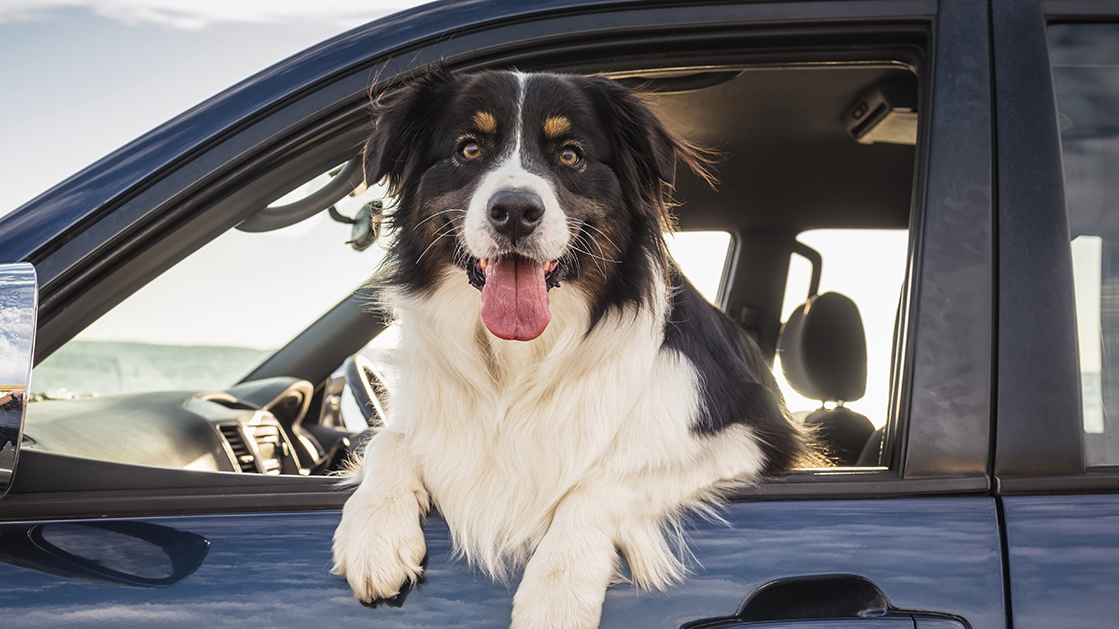
A very important one to look out for in the hotter months, heatstroke is common in dogs. Excessive panting, dry gums, gum discoloration, and seizures. Overheating like this can be caused by overexertion on a hot day, but is also often the cause of death when a dog is left in a hot car. Flat-faced dogs are at greater risk as they struggle to regulate their body temperature properly.
9. Intestinal parasites
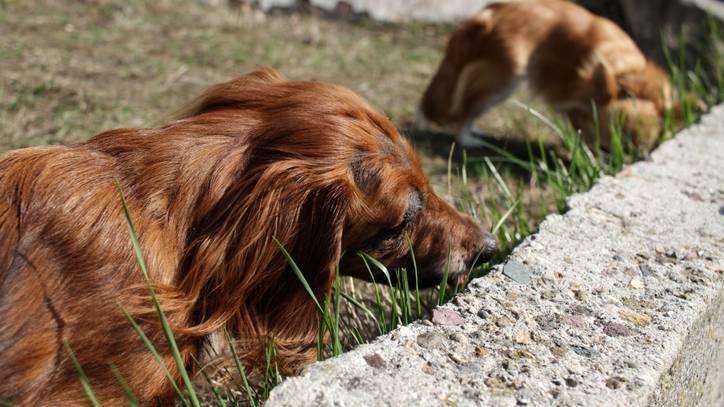
Internal parasites, like tapeworms, are a real nuisance and can leave your dog feeling under the weather. Other intestinal parasites include whipworm, roundworm, and hookworm. If your dog is bum-scooting or you can see white specs in their poo, you may have a case of worms. Regular deworming can prevent and treat infection. Tapeworm segments break off from the main worm (which remains in your dog's digestive tract); these segments contain eggs and look like small grains of rice, which you might find stuck to your dog's fur.
10. Fungal infections

Fungal infections are no fun for anybody. Less common than bacterial or viral infections, fungal infections can still make your dog very unwell. Improper storage of food and exposure to contaminated soil can put your dog at risk. Most fungal infections are respiratory, although some infect skin, nails, and hair. Ensure you store your dog food correctly and it is best practice to keep it in the bag it came in.
11. Poisoning
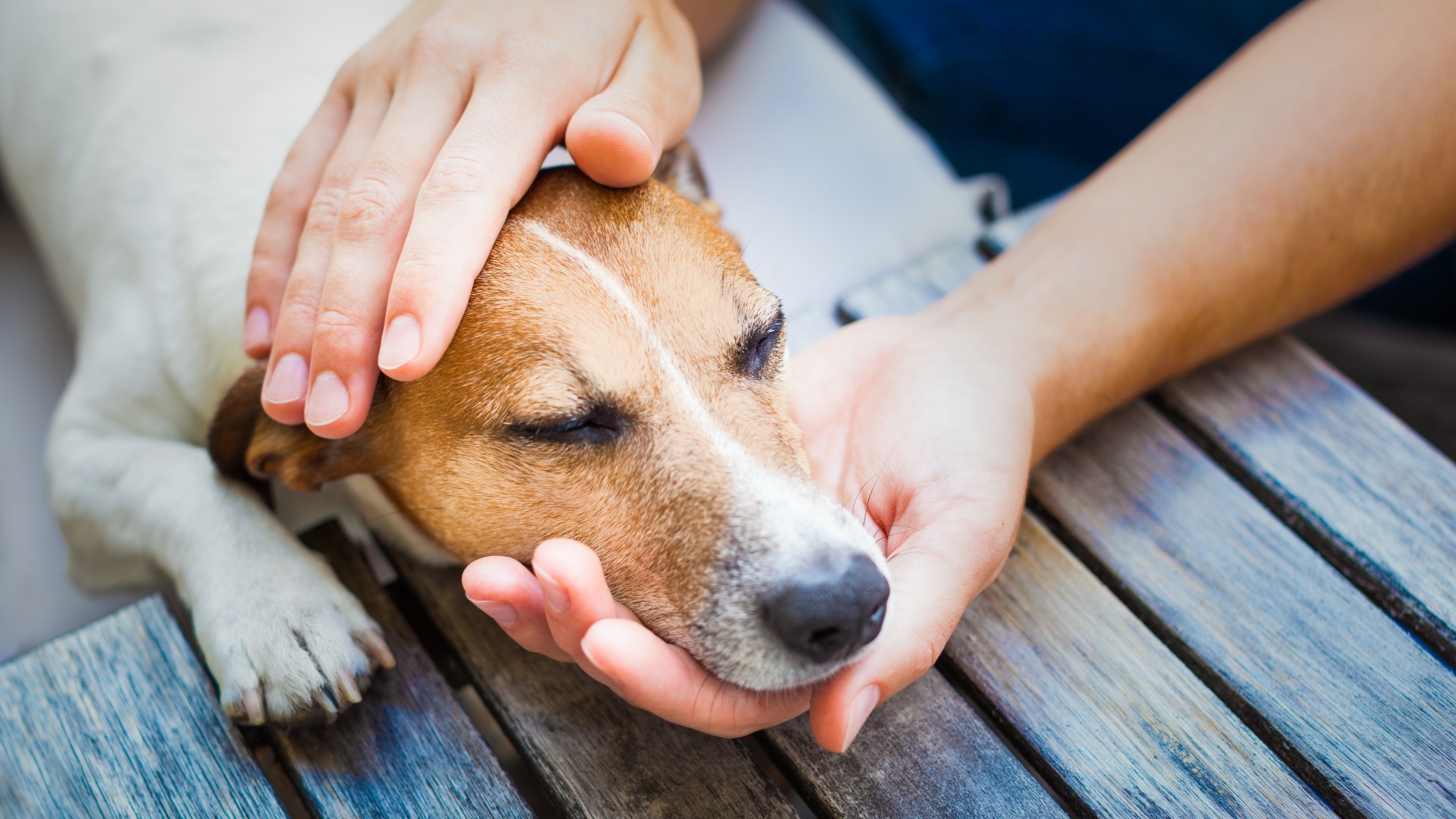
While not strictly a disease, poisoning can leave your dog feeling very unwell. Diarrhea, vomiting in dogs, and blood in the stool are common signs of poisoning. Consuming anything from pesticides to poisonous plants can cause these symptoms and put your dog's life at risk, so it's important to watch what they are eating at all times. Make sure to use non-toxic cleaning products and keep toxic plants out of your house to avoid poisoning.
12. Tick-bourne diseases
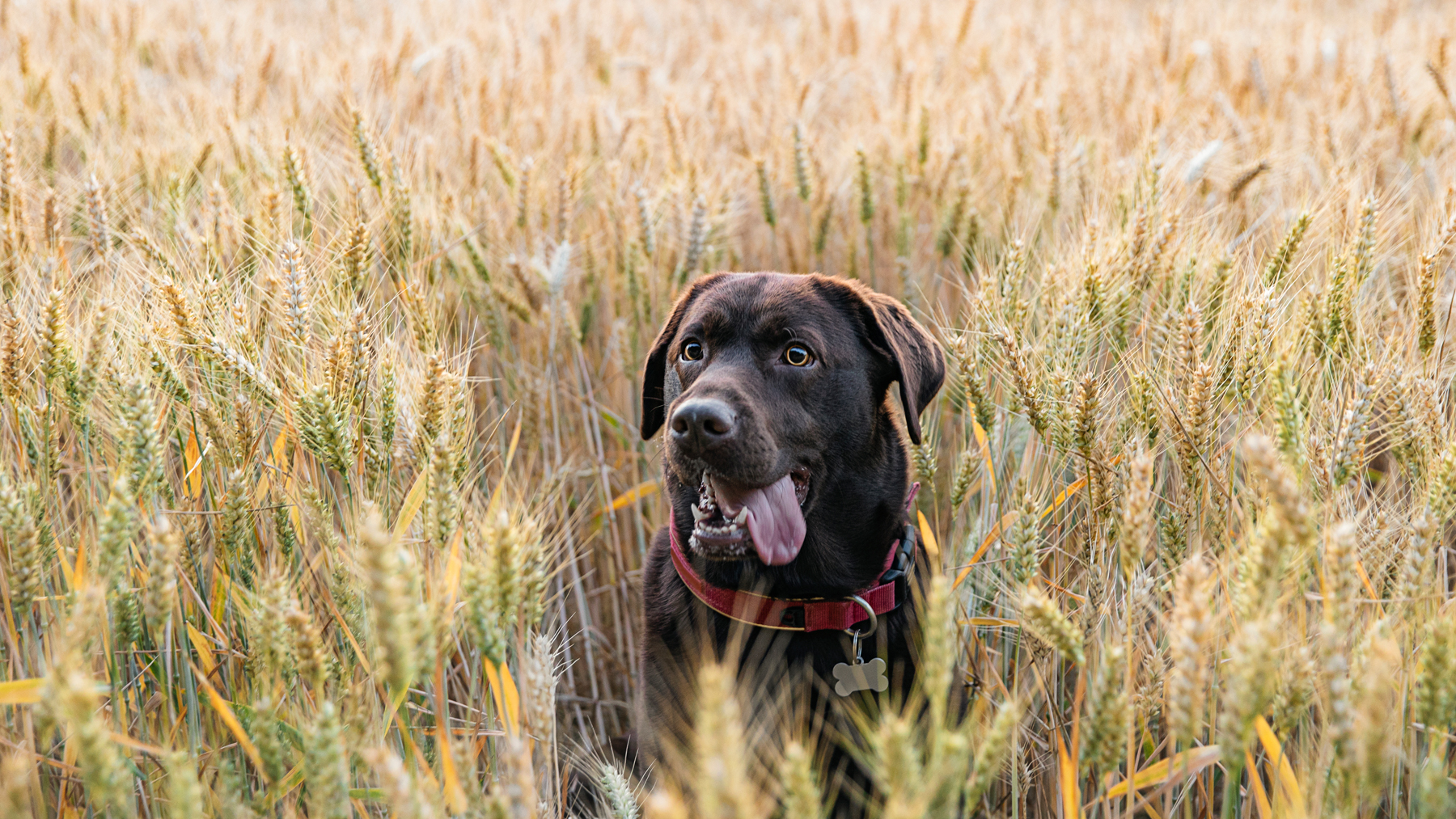
Ticks can be difficult to avoid, particularly in the summer months, so it is important to stay vigilant to avoid tick-borne diseases, such as Lyme disease, Ehrlichiosis, and Anaplasmosis. Fever, limping, lethargy, and swollen lymph nodes are all warning signs that your dog may have contracted a tick-borne disease. Make sure to check your dog for ticks after a walk and use preventative spot-on or oral treatments to kill any ticks that do land on your dog. Lyme disease is chronic in dogs, as it is in humans, meaning the disease can flare up again years after the dog was originally infected.
13. External parasites

Parasites that live on the skin of dogs, such as fleas, can be bothersome to you and your hound. Fleas can also carry other diseases and can be the source of tapeworm infections if your dog consumes an infected flea. Hair loss, dry skin, and lesions can all be symptoms of an advanced flea infestation and you should try to treat your dog as soon as possible to relieve discomfort. A flea infestation in your home will need to be treated as they can live in carpets and furniture.
14. Mange
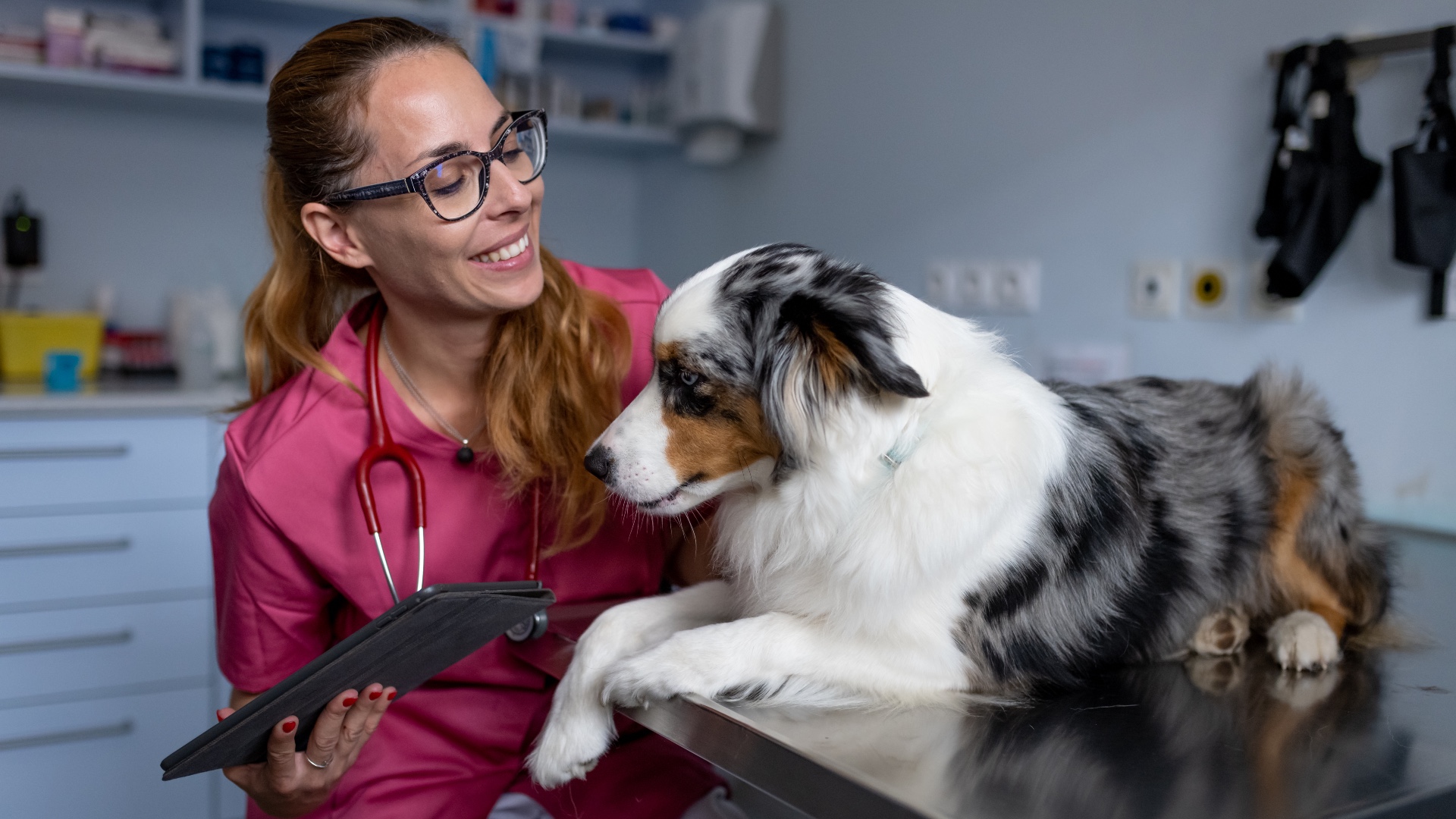
Mange is an itchy condition that affects mammals and can be passed from dog to dog. Several species of mites are responsible for the disease, which can leave your dog with hair loss, dry skin, and intense scratching. The mites burrow into the skin, which is extremely painful for the dog. It is often seen in stray or neglected dogs and can leave a dog almost totally hairless. Recovery is possible with washes, lotions and medication.
15. Canine influenza (dog flu)
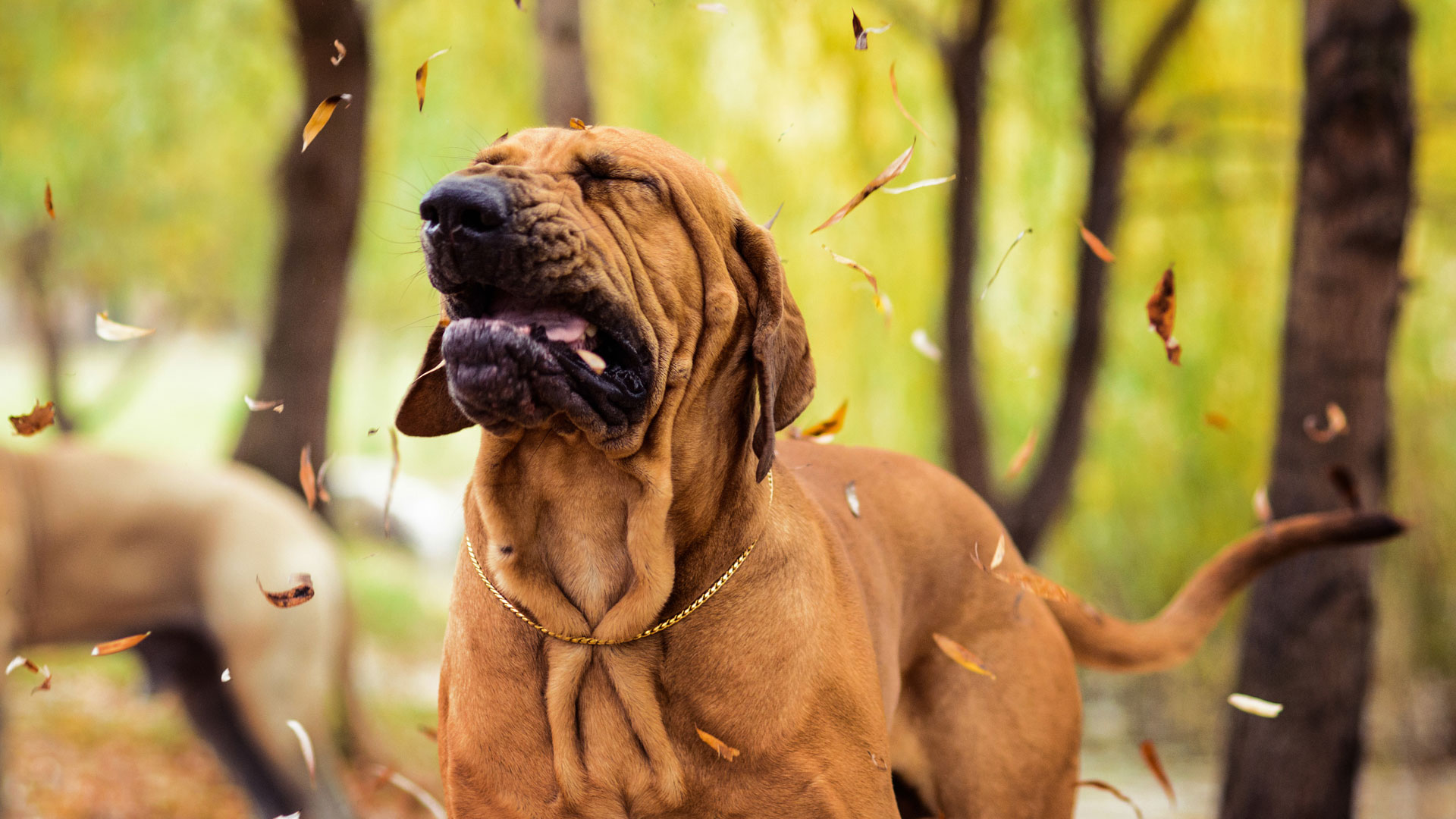
Dog flu is caused by two viral strains (H3N8 and H3N2) and is considered an endemic in dogs in the USA. Symptoms include coughing, runny nose, fever, and reduced appetite, although some dogs are symptomless. It isn't usually deadly but can cause pneumonia, which is. A dog flu infection is considered severe once pneumonia has been contracted.
16. Diabetes

Diabetes in dogs is common and comes in two types, like in humans. Excessive thirst and urination are key symptoms, but your dog may also be lethargic, display weight changes and appetite changes.
The most common diabetes, insulin-deficiency diabetes, happens when the pancreas isn't producing enough insulin. Dogs with this type of insulin require daily shots and careful monitoring.
17. Cancer

Lumps and bumps are normal on dogs, especially as they age, but unfortunately, sometimes they can be a symptom of cancer. Lymphoma is one of the most common cancers in dogs, caused by changes to the white blood cells. There are more than 30 different types of Lymphoma. Dogs can also get melanoma, so it's important to be careful of their skin in the sun and apply sunscreen to any pink bits of skin.
18. Pancreatitis
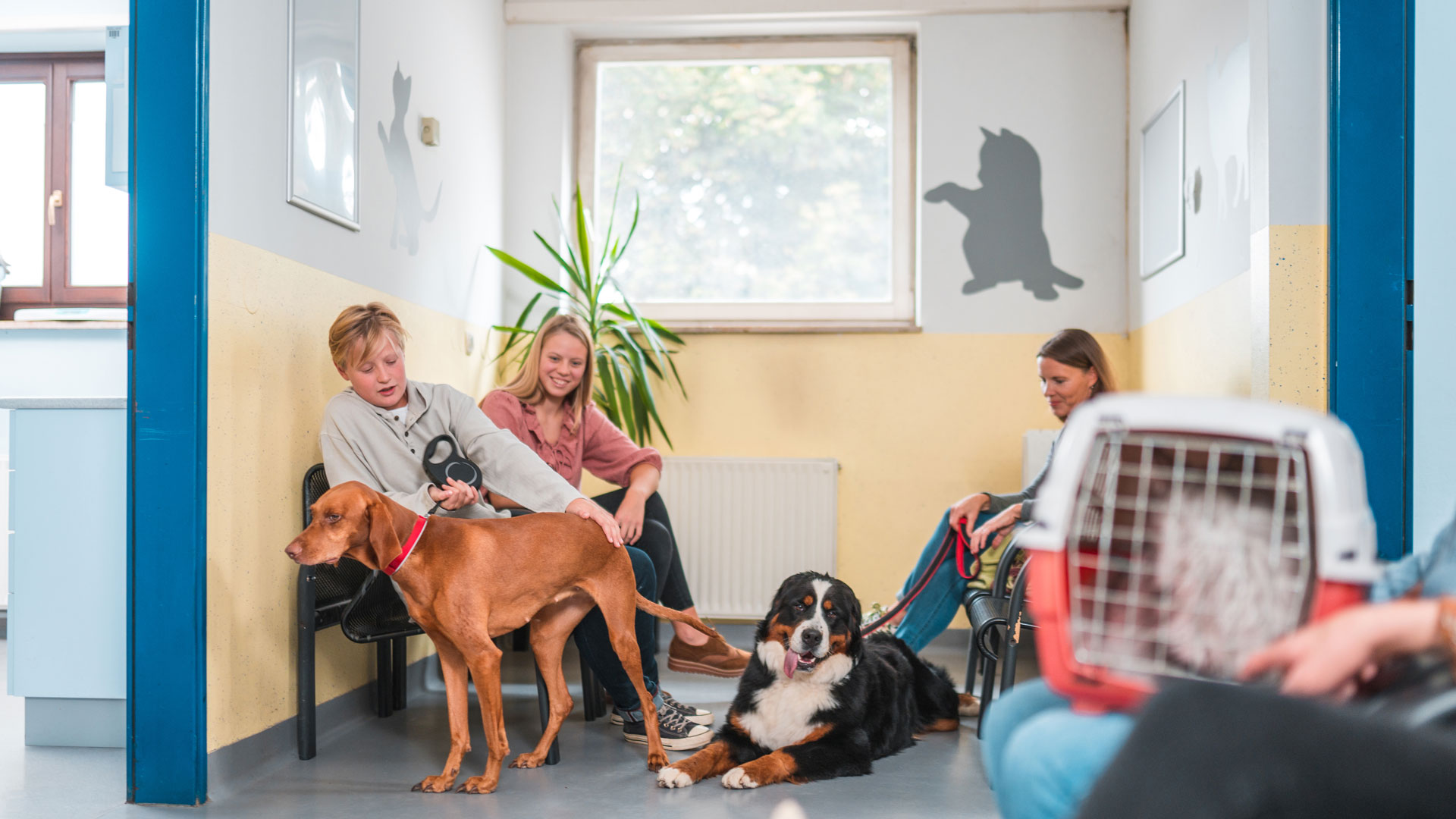
Pancreatitis occurs when the pancreas, the organ responsible for insulin production, becomes inflamed. Vomiting, fever, lethargy, and diarrhea are common symptoms of pancreatitis. Any dog can contract pancreatitis, but it is particularly prevalent in miniature schnauzers. Symptoms can range from mild to severe and your dog may need a drip to keep them hydrated, anti-sickness medicationand pain management.
19. Ringworm

Ringworm is a fungal condition your dog can pass on to you and vice versa. It affects skin, hair, and nails and, despite its name, isn't caused by a worm, but by a group of fungi called dermatophytosis. Some types of dermatophytosis are species-specific, and others can cross the species barrier, so always be careful when treating ringworm in your pet. Sheep and cattle can get ringworm and pass them on to herding dogs, so be vigilant with working dogs and dogs often around livestock.
20. Ear infections

Dogs rely heavily on their sense of hearing, so when something goes wrong with their ears, it can be very troubling. If your dog spends a lot of time in water, has droopy ears, or allergies they may be more likely to contract an ear infection. Most ear infections are caused by bacteria or yeasts, but can also be due to foreign bodies like grass seeds working their way deep into your pet's ear and rupturing their tympanic membrane. Symptoms include head shaking, smelly ears, pawing at itchy ears, and scabs or inflammation.
21. Diarrhea

A symptom of a variety of issues, diarrhea is unpleasant for both dog and owner. If your dog has eaten something rich or fatty, they may get diarrhea, but it can also be a symptom of an underlying infection or disease. If your dog has diarrhea for more than 24 hours, or blood in their stool then they need to go to the vet. A bland diet can help if your dog has an upset tummy, with foods like boiled chicken or scrambled egg and plain rice recommended until their stools solidify.
22. Conjunctivitis

Just like humans, dogs can get pink eye. It's a bacterial infection that causes inflammation in and around the eye, which can be very uncomfortable for your pet. Discharge from your dog's eyes, weepy eyes, or redness around the eyes are common symptoms. Be careful that your dog doesn't damage their eyes while pawing or scratching at their face, as this can cause further problems.
23. Blocked anal glands

If your dog is bum scooting or paying extra attention to grooming their nether regions, then they may have blocked anal glands. Anal glands are little sacs inside your dog's bottom that hold smelly liquid that your dog uses to mark their territory (it comes out when they poop and that is why some dogs will wander as they poop). A blocked anal gland can become infected and turn into something more sinister, so if your dog is showing signs of discomfort, take them to the vet or groomer to get their glands expressed.
24. Cataracts

Dogs sometimes get milky eyes when they get older, which is often due to the development of cataracts. Cataracts can occur for several reasons (like inherited disease), and sometimes in younger dogs, but generally are a natural part of aging. They will affect your dog's vision, so if your dog seems to be bumping into things or is particularly nervous when it is dark, they may have cataracts. Their vision will change slowly, so it might not be obvious that they are struggling right away.
25. Cushing's disease

Cushing's disease generally occurs in older dogs and has similar symptoms to diabetes. Increased thirst, appetite, and urination are all key symptoms, but some dogs also lose hair and develop a pot belly. Muscle wastage and overall weakness is another common symptom, and your dog may develop thin, easily damaged skin and prominent veins. The condition can be managed, but your dog will need regular blood tests to monitor the condition.
26. Reverse sneezing

Have you ever seen your dog reverse sneeze? Usually, they will suck air in through their nose, which can make a snorting sound, and this is thought to be done in response to throat irritation. It is harmless but can be quite unnerving as it can look like your dog is choking. Some dogs do this more often than others, particularly breeds prone to soft palate disorders.
27. Epilepsy

Epilepsy in dogs is a common neurological disorder that can cause seizures and fits. Some seizures are more subtle than others, involving twitches, blinking, and drooling (known as focal seizures) while others are more violent and can lead to injury. If your dog experiences generalized seizures (the more violent kind) they might stiffen and then begin jerking rapidly. Epilepsy can be managed with medication, but sadly dogs with epilepsy tend to have a shorter life expectancy.
28. Urinary tract infection

Just like humans, dogs can get UTIs. A dog with a UTI will urinate or attempt more often than usual and may cry or whine due to discomfort when urinating. If they are grooming their genitals more than usual and dripping urine these are also signs of a UTI. UTIs are more common in female dogs than male dogs, but male dogs do still get them sometimes. Keep an eye out for particularly pungent urine.
29. Doggy dementia

Doggy dementia is a sad thing to watch as your dog may begin to forget commands, have spells where they are "absent" (staring into space and wobbling), or urinate/defecate indoors. They may experience personality changes: your once independent dog may become clingy, your dog may fail to greet you when you come home, or may be irritable or aggressive with you. It can be managed, but not cured.
30. Kidney disease

Kidney disease can be genetic and some breeds are more prone to developing the condition than others. Excessive and frequent urination, accidents in the home, and excessive drinking are common symptoms of kidney disease. They may also get mouth ulcers and pale gums. Take them to the vet straight away to prevent the disease from developing into full renal failure, which is often deadly.
31. Heart disease

Heart disease in dogs often presents with breathlessness and lethargy. Coughing and fainting can indicate that the condition is worsening. Heart disease in dogs can be treated with medication, but this can be very expensive. Untreated heart disease can lead to heart failure and death, but you can manage the condition with medication.
32. Heart murmur

Heart murmurs are particularly common for some breeds, such as the Cavalier King Charles Spaniel. When your vet listens to your dog's heart they will hear an extra sound alongside the heartbeat, usually a whooshing where one of the valves is failing to completely close, causing a backflow of oxygenated blood. They can be caused by disease, be structural, or develop over time, and can be innocent (non-harmful) or a symptom of a deeper problem.
Read next: 20 things vets wish every pet parent knew
Lou is an experienced writer and keen dog lover who works at PetRadar's sister site, LiveScience. When Lou isn't covering health and fitness, she's busy spending time with her family dogs or growing all kinds of veggies and flowers on her allotment.
